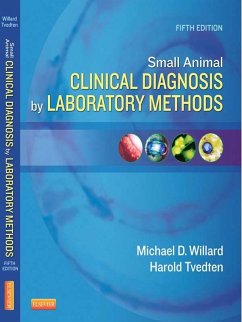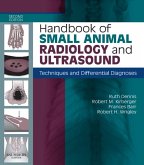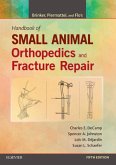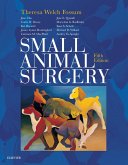- Concise discussions address laboratory approaches to various disorders, possible conclusions from various test results, artifacts and errors in diagnoses, and interpretations leading to various diagnoses.
- Hundreds of tables, boxes, algorithms, and key points offer at-a-glance information including cautions, common pitfalls, and helpful "pearls," and lead to proper differential and clinical diagnostic decision making.
- Note boxes identify key considerations in correlating clinical signs with test data for accurate diagnoses, highlight safety precautions, and offer helpful tips for sample preparation and interpretation.
- Chapters on laboratory diagnostic toxicology and therapeutic drug monitoring help in handling potentially fatal poisonings and other special situations.
- Expert editors and contributors provide clinical knowledge and successful diagnostic problem-solving solutions.
- A practical appendix lists referral laboratories that may be contacted for certain diseases, and reference values with the normal or expected range for coagulation, hematology, and more.
- Updated coverage integrates the newest advances in testing methods and diagnostic problem solving.
- Full-color photos and schematic drawings are placed adjacent to related text, and accurately depict diagnostic features on microscopic slide preparations as well as test procedures and techniques.
Dieser Download kann aus rechtlichen Gründen nur mit Rechnungsadresse in A, B, BG, CY, CZ, D, DK, EW, E, FIN, F, GR, HR, H, IRL, I, LT, L, LR, M, NL, PL, P, R, S, SLO, SK ausgeliefert werden.
Vet Record, May 2012
"The text was obviously crafted with one consistent thought:'what will the general practice vet be asking here?' The book has wonderful algorithms and 'causes of...' tables that succinctly guide the practitionerthrough problem-based scenarios; they helpfully indicate when something is rare or common in a general practice population...Overall, Willard and Tvedten is a superb quick-to-read book and my new recommendation."
EJCAP, Aug 2012
"The fifth edition is similar in structure to the previous editions but has been updated effectively and despite the stated concerns of the authors that currency is impossible in a profession that is continually advancing, they have come as close as possible to meeting this challenge. The text is logically structured, with chapters based on body systems. Each chapter contains comprehensive lists of appropriate laboratory tests for various clinical presentations...One of the benefits in reading a text such as this is the attention paid to the provision of the context in which the tests are used. The authors have excelled in this and in doing so have provided a readily accessible reference not only for the laboratory tests detailed, but also provided a systematic review of medical conditions and disease in general."
Australian Veterinary Journal, September 2012









